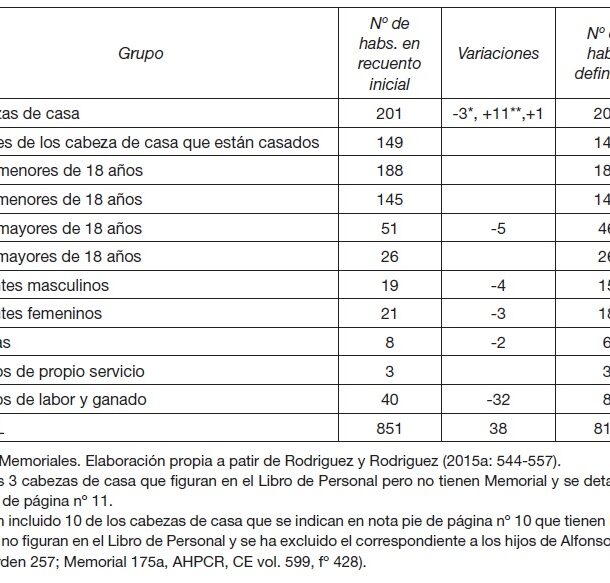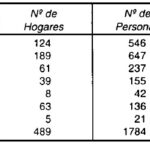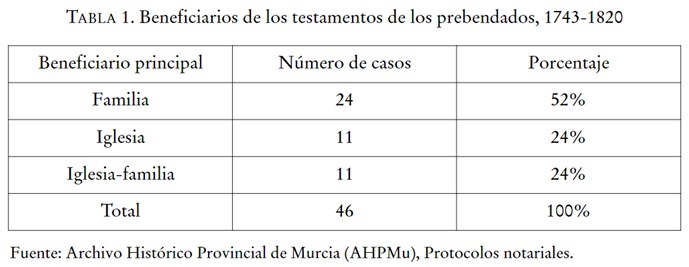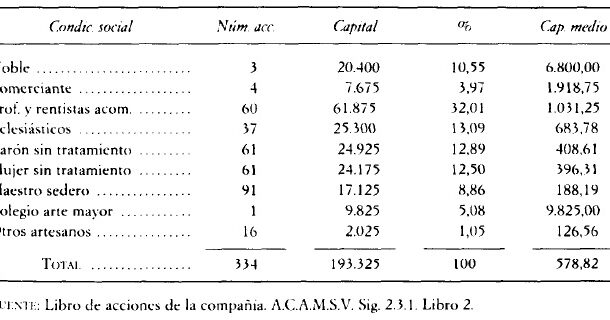
Navahermosa formed part (1243-1837) of the Montes y Propios de Toledo, a lordship in the hands of the city, which appointed the authorities and administered justice through the Fiel Juzgado. Its population experienced a notable quantitative growth in the little more than one hundred years between 1752 and 1877. From the 1,874 inhabitants recorded in the Ensenada Cadastre, it grew to 3,217 in the 1877 census. The growth, which must have been vegetative in the first instance, was due to the arrival of immigrants, whose presence is common in the parish registers from the second decade of the 19th century. The existence of the social division of labour within a society meant that, on occasions, certain members of a family were involved in different productive processes. Each family unit occupied a place in the social division of labour determined by the head of the family, even if some of its members had a different activity. In functionalist terms, we assume that the social position of a family was primarily determined by the socially ascribed valuation and the social role played by the head of the family. The category of farmers is the result of an aggregation of neighbours to whom the Cadastre of 1752 gives various designations. In its conformation, everything indicates that, in the majority of cases, the day labourers cultivated their own land, alternating this work with the work they carried out as wage labourers. These circumstances placed them in a somewhat precarious position. The day labourers were able to find relief from their situation thanks to the exploitation rights of the inhabitants of the villages in the mountains and in the city of Toledo. The group of craftsmen was made up of potters, wheelwrights, tailors, masons, shoemakers and weavers, among others; under the term “professionals” we have gathered together eight residents who worked as doctors, surgeons, apothecaries, surveyors, notaries, teachers of the first letters, sacristans and sacristans. Within the group of the poor, widows without property were added to those classified as the solemnly poor.
Collection: Statistics
Project: 3. Rural world and urban world in the formation of the European identity., 4. Family, daily life and social inequality in Europe.
Chronology: XVIII
Scope: Secondary Education, Baccalaureate, University
Resource type: Statistics
Format: Table
Source: Gómez–Cabrero Ortiz, Ángel y Fernández de la Iglesia, María Soledad, «Estructuras y pautas familiares en un contexto demográfico preindustrial. Navahermosa, 1675–1874», Revista de Demografía Histórica, vol. 18, nº2, 2000, pp. 181–218.
Language: Spanish
Date: 2000
Owner: Álvaro Romero González (Modernalia)
Copyright: © Ángel Gómez-Cabrero, ©María Soledad Fernández de la Iglesia © Revista de Demografía Histórica
Abstract: Distribution of households according to population by social groups in Navahermosa, Toledo, through the Cadastre of the Marqués de la Ensenada
Image
Tags







